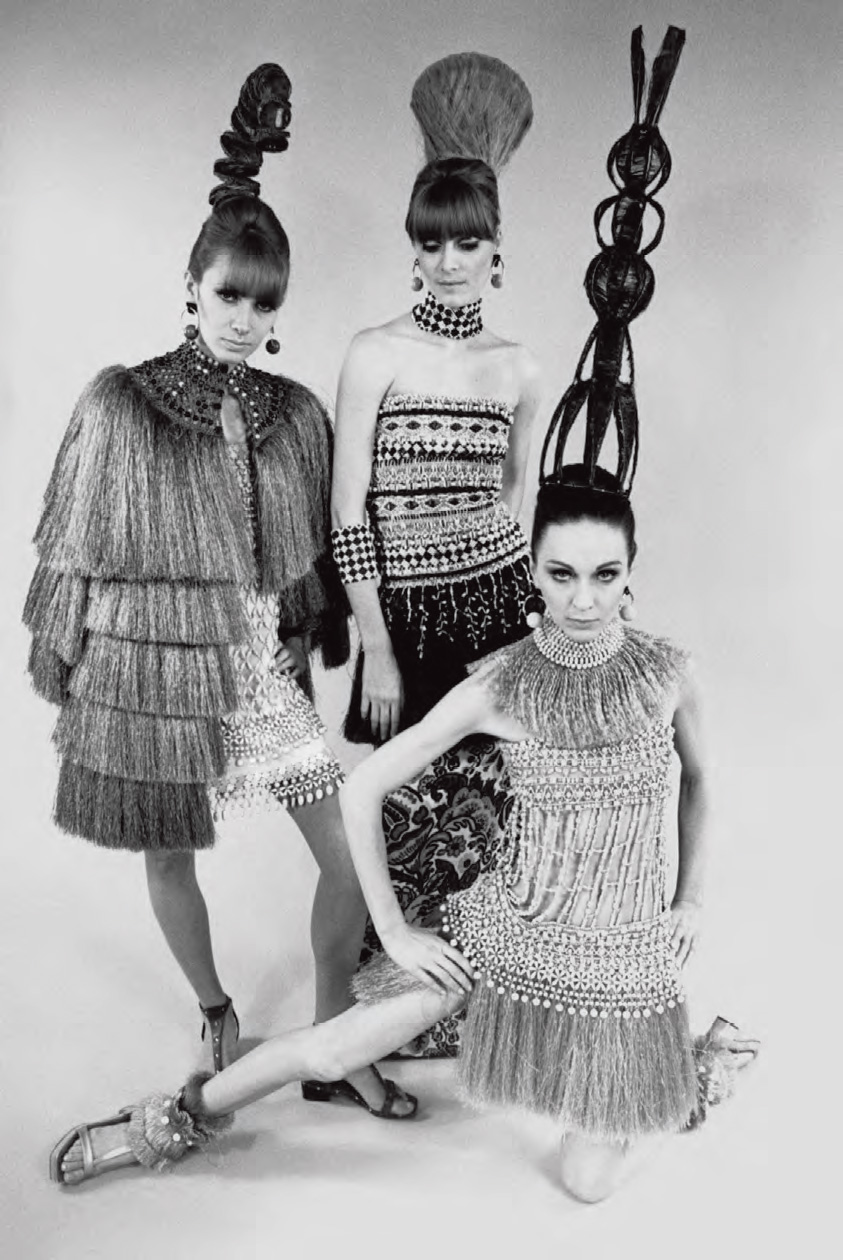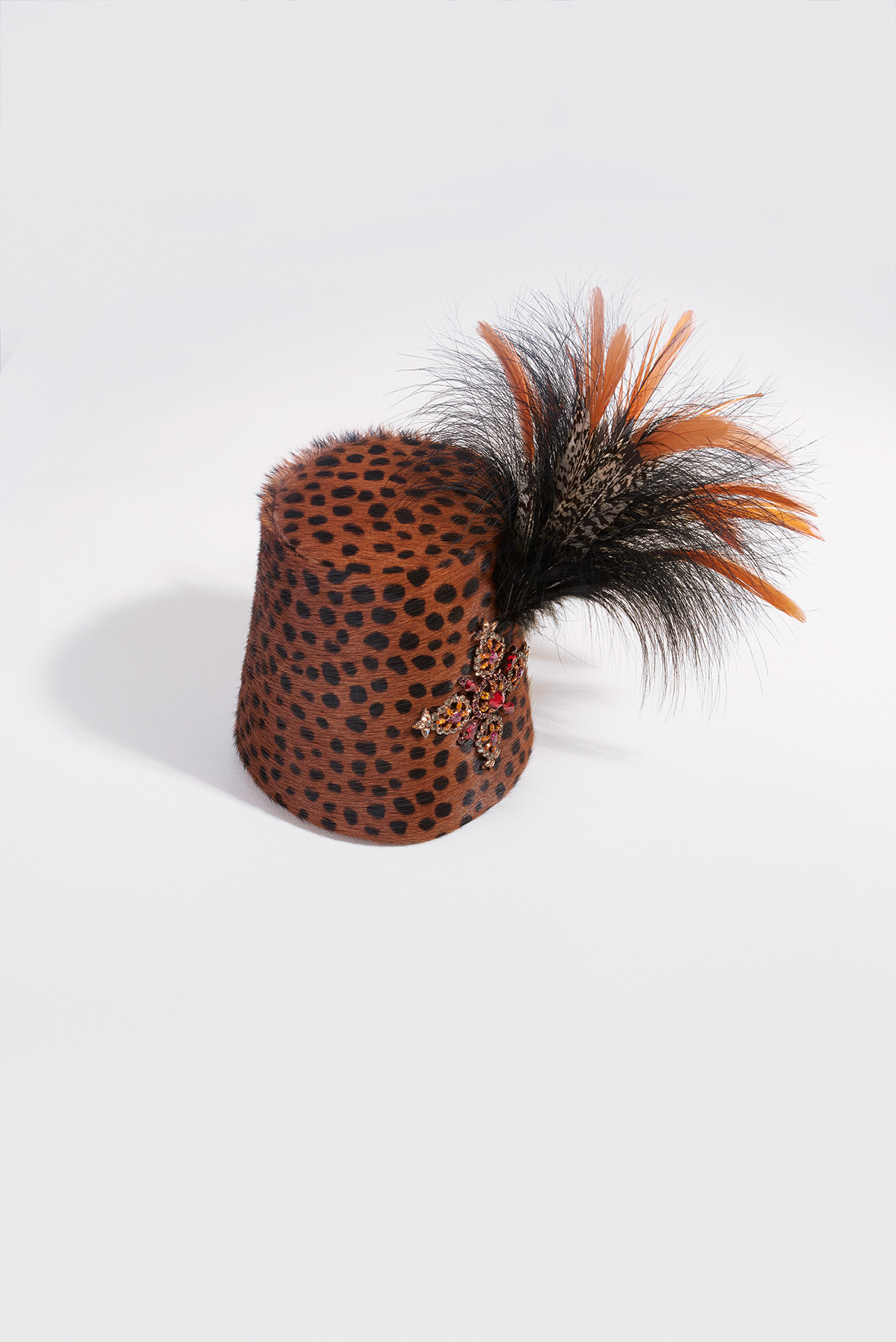
No one did Africa like Yves Saint Laurent
The designer was born in North Africa and worked a surprising amount of African culture into his collections
Throughout his career, Yves Saint Laurent demonstrated a penchant for the exotic. There were Indian, Spanish and Chinese themes running through his collections of 1977, for example. Yet, he also had a definite predilection for African motifs. However, this wasn’t just condescending regard from an elitist designer for the primitive, or a simplistic exercise in adding vivid colour.

As our new book Yves Saint Laurent Accessories explains, the designer was born in French Algeria, North Africa, spent much of his adult life in neighouring Morocco, and understood - in the context of his African-inspired designs - how African culture had long been processed in modern art at both a formal and thematic level - in the masks that “disfigure” Picasso’s masterpiece Les Demoiselles D’Avignon; in the philosophy of 1930s primitivism and in the echoes of African Art in Art Deco.
African influences went through a similar process in his own work - not merely plundered but put through the prism of modernity, arriving at an exquisite sophistication. We see this particularly in his 1967 collection of evening dresses with accessories inspired by the Bambaran art of Mali. The headwear is audacious, elongated, drawing on Bambara symbolism but is a creation in its own right, mediated and adapted for Western haute couture - at once derivative yet entirely novel in the way it is recontextualised.

Check back soon for more stories all about Yves, and for a better look at his small, yet perfectly formed works, order Yves Saint Laurent Accessories.